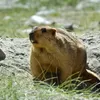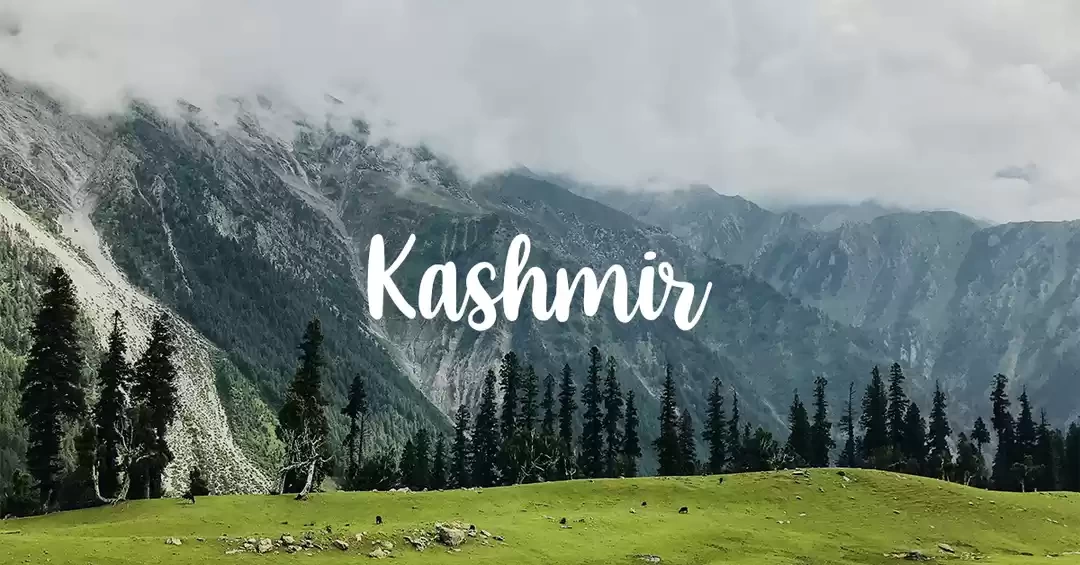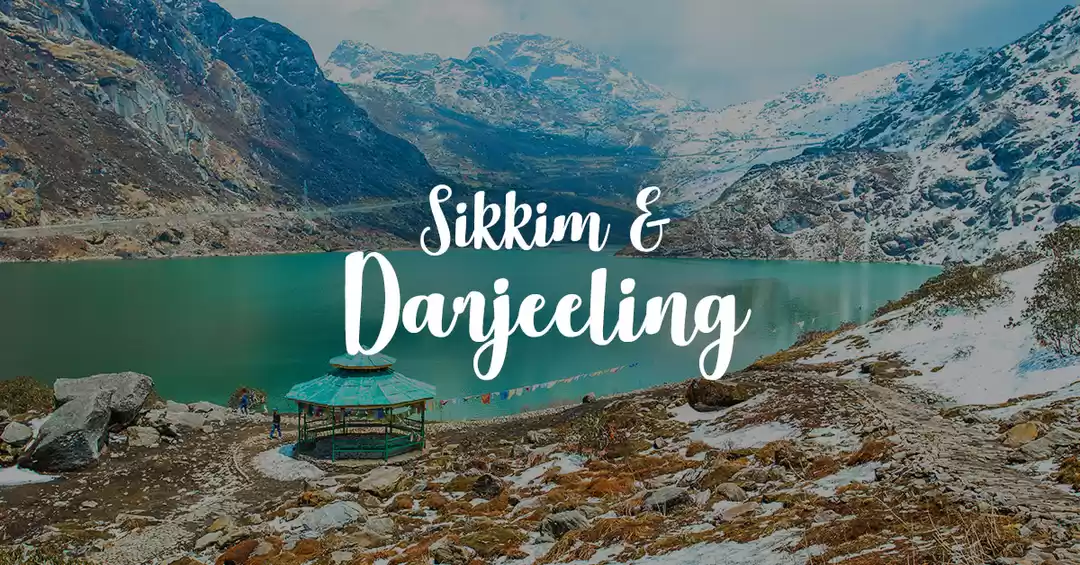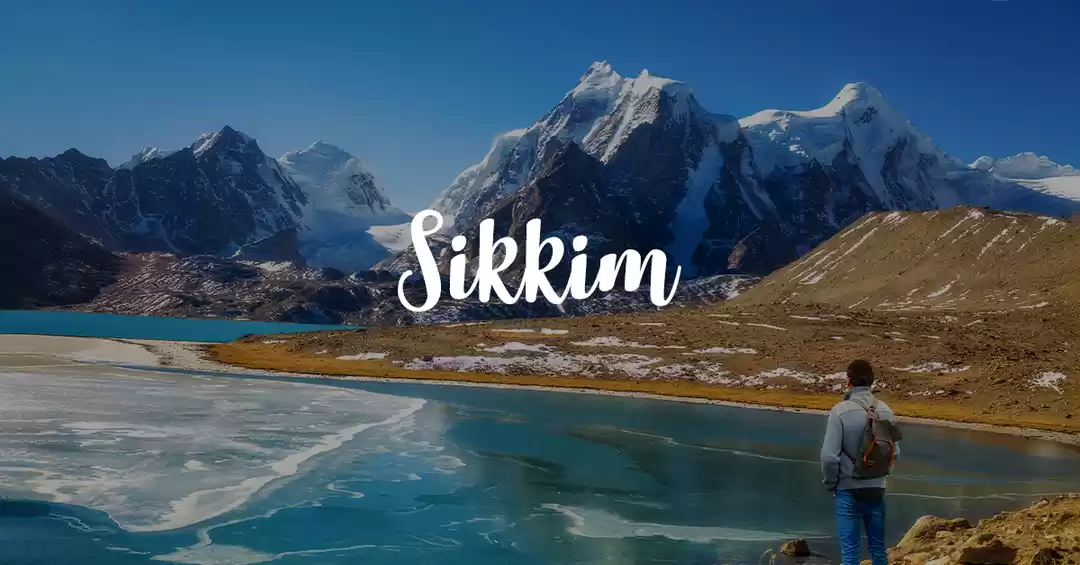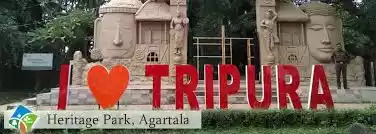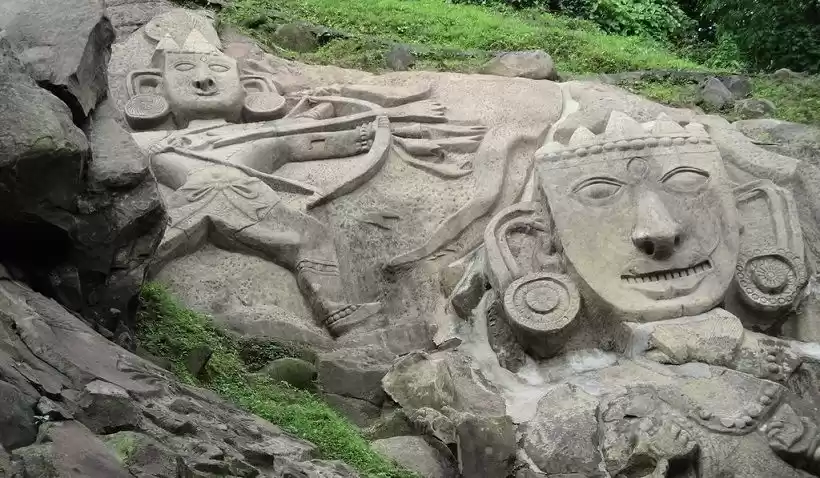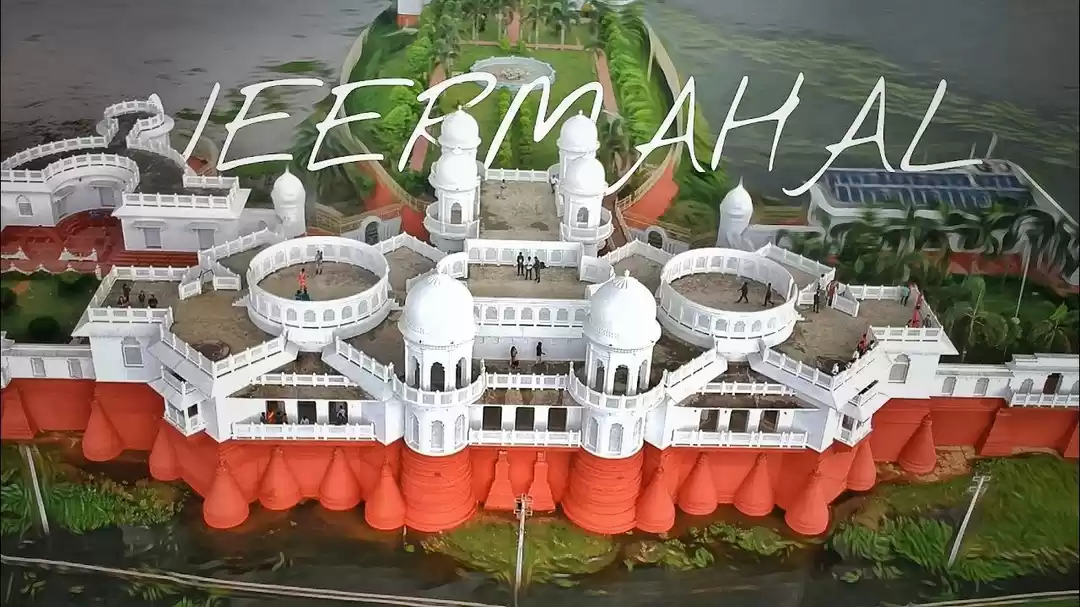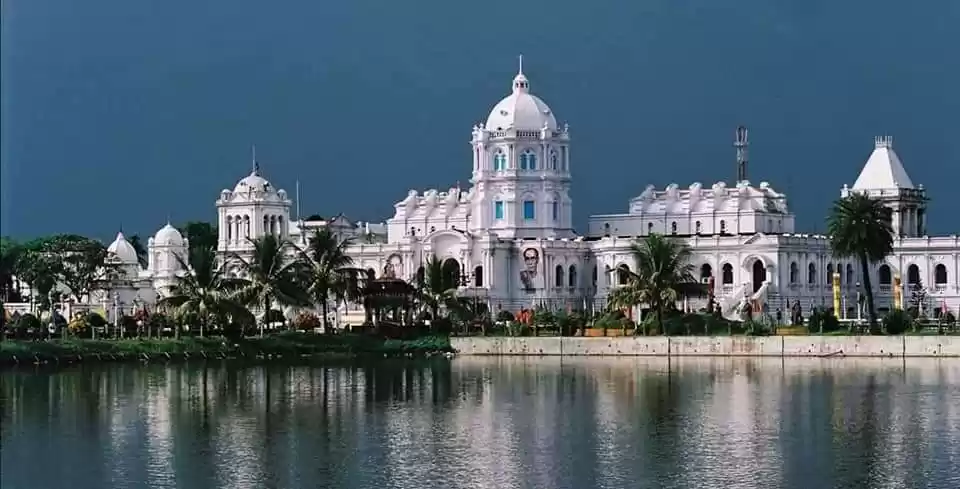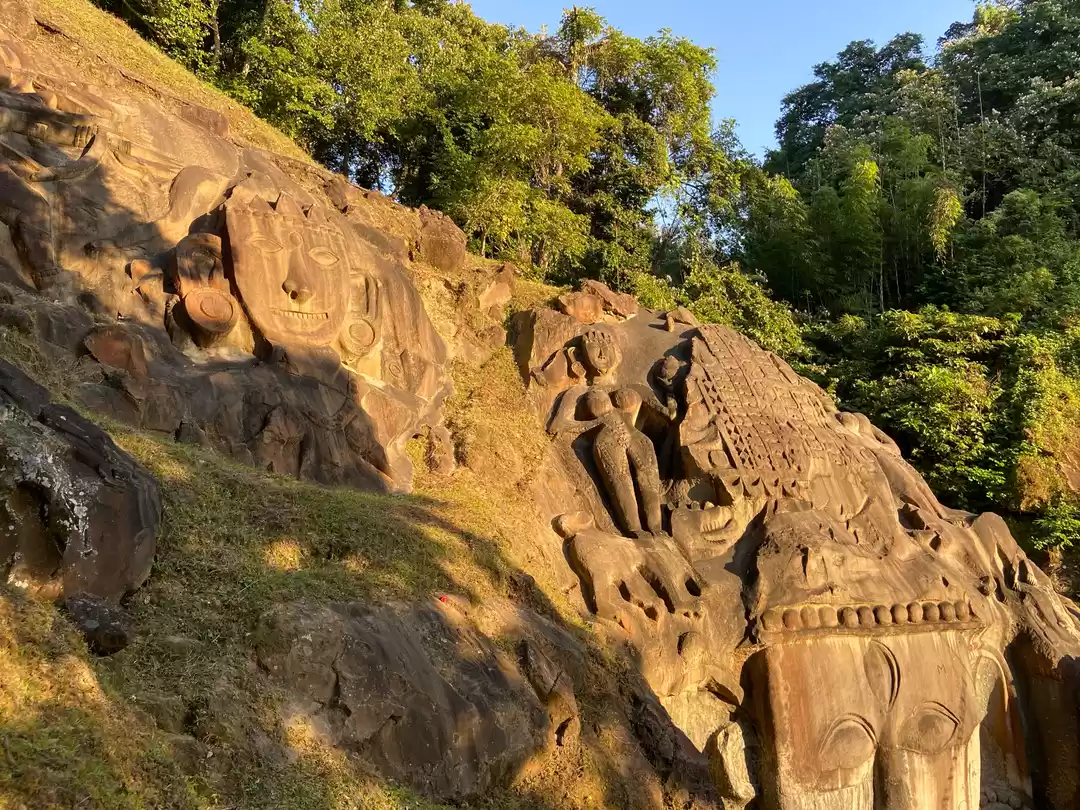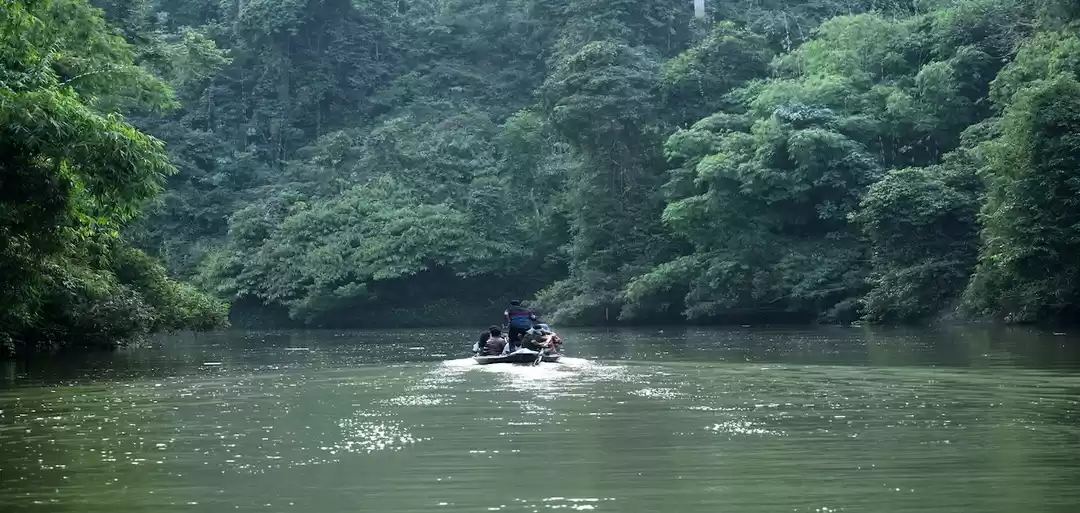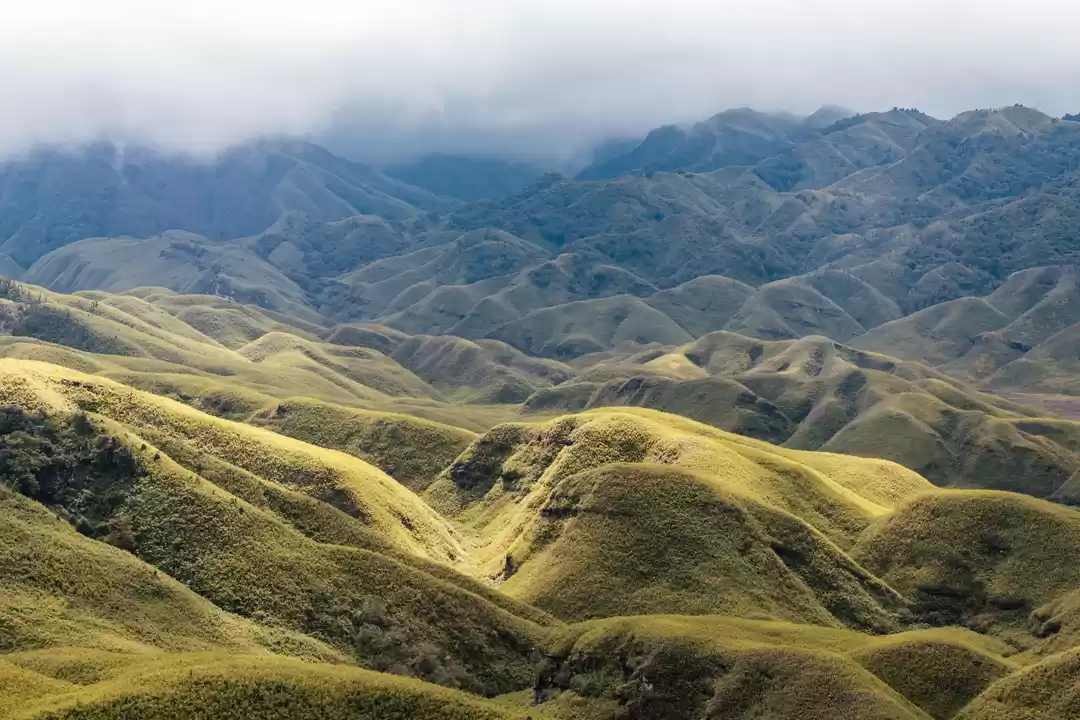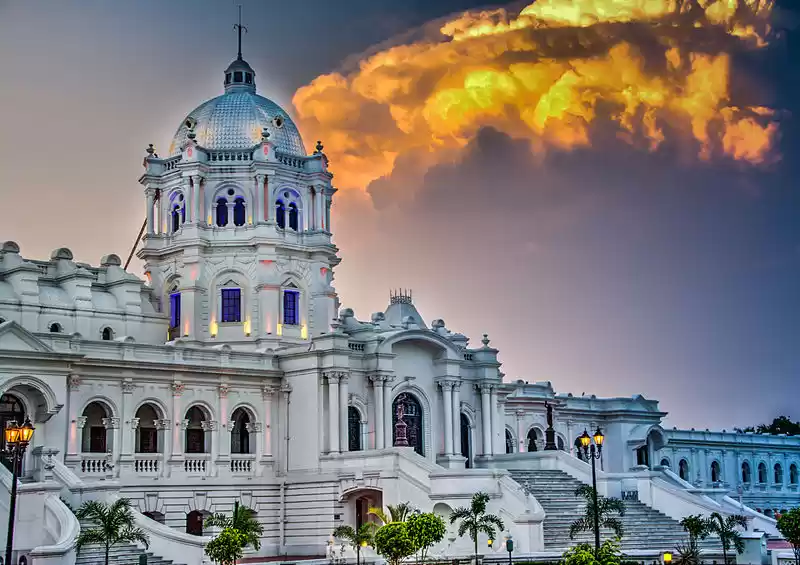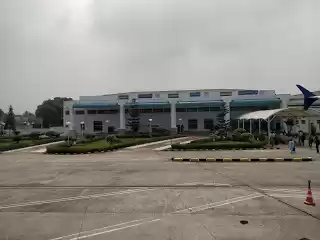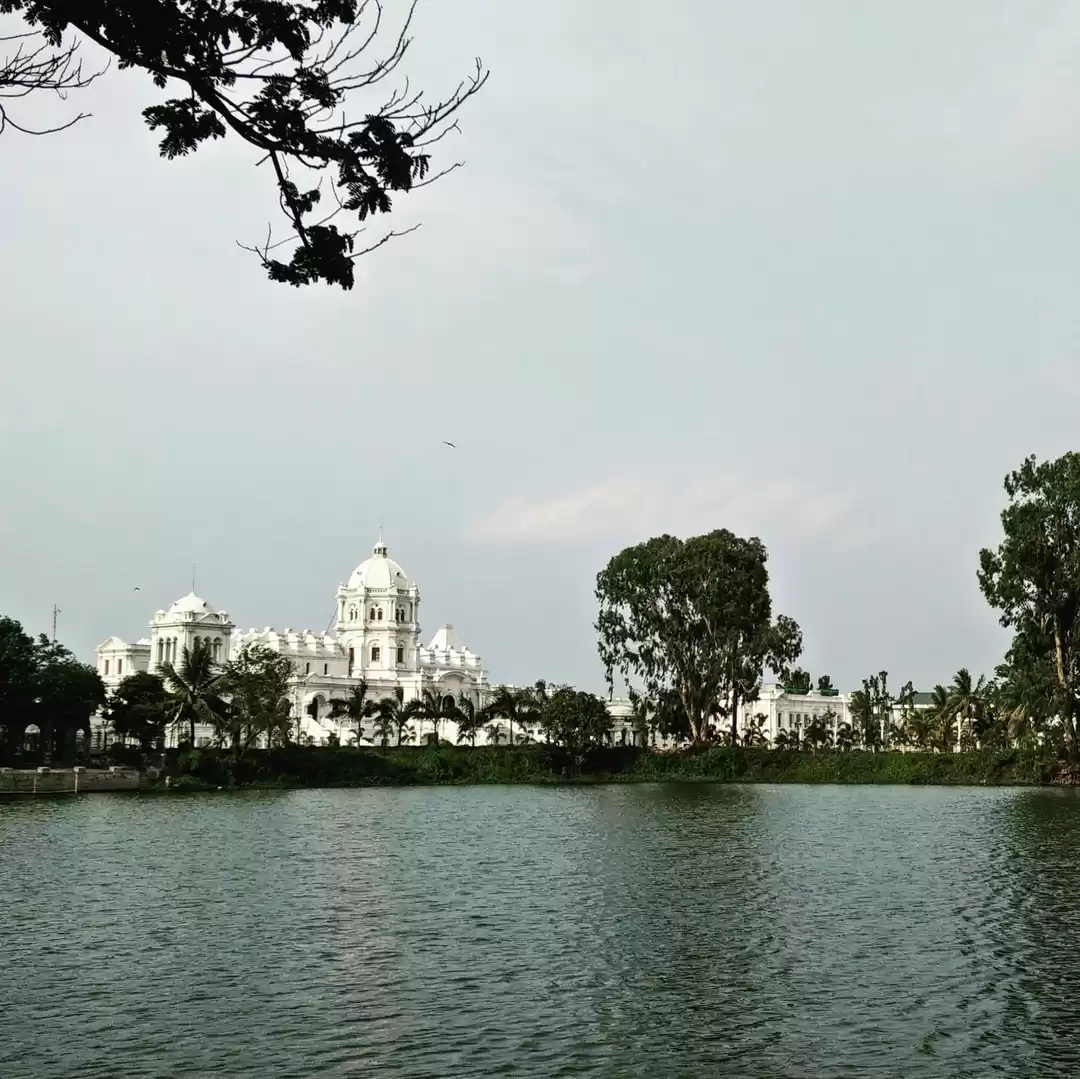
Tripura is another gem in northeast India tourism. Tripura is a nature’s paradise with lush green valleys and the rolling mountain ranges. The evergreen deciduous forests with rich biodiversity are also one of the major attractions of Tripura. Culturally, the state is quite rich with 19 tribes inhabiting the various parts of the state.
Tripura is tucked away in a corner of northeast India. It has a single highway connecting it to the rest of the country and perhaps for this reason not much is known about the beauty of the state. Tripura is an amalgamation of history, ancient temples, palaces of erstwhile kingdoms, scenic beauty and vibrant culture all rolled into one. Winters are approaching and with that comes the best season to visit Tripura. So here is a 7 days itinerary that might help you to explore this small, yet beautiful state of India.
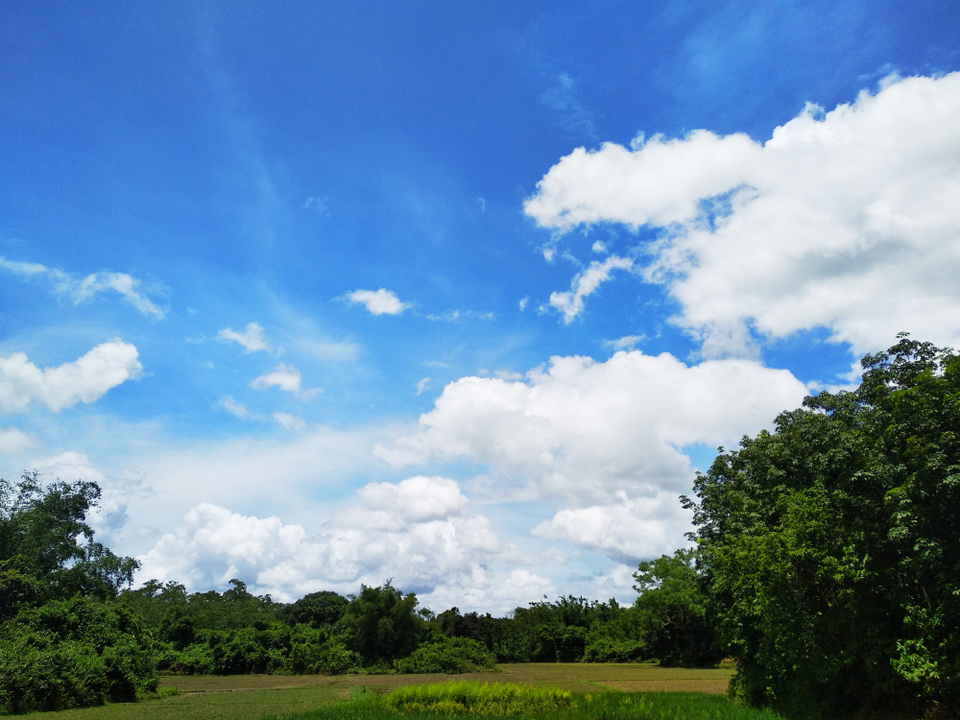
Day 1: Arrive at Agartala
After your arrival at Agartala, the capital city, you can go for around to explore the city. Agartala is the largest city in Tripura and also the second largest in Northeast after Guwahati. Agartala, a modern city also has the remnants of the past. Visit the Ujjayanta Palace, the former royal palace of Tripura. The milky white palace was constructed between 1899 and 1901 by the Tripura king, Maharaja Radha Kishore Manikya, and stands on the banks of a small lake surrounded by beautiful gardens. The palace has now been converted into a museum and has exhibits showcasing the art, culture, traditions and lifestyle of Tripura. After that visit the Lakshmi Narayan Temple and the Jagannath Temple.
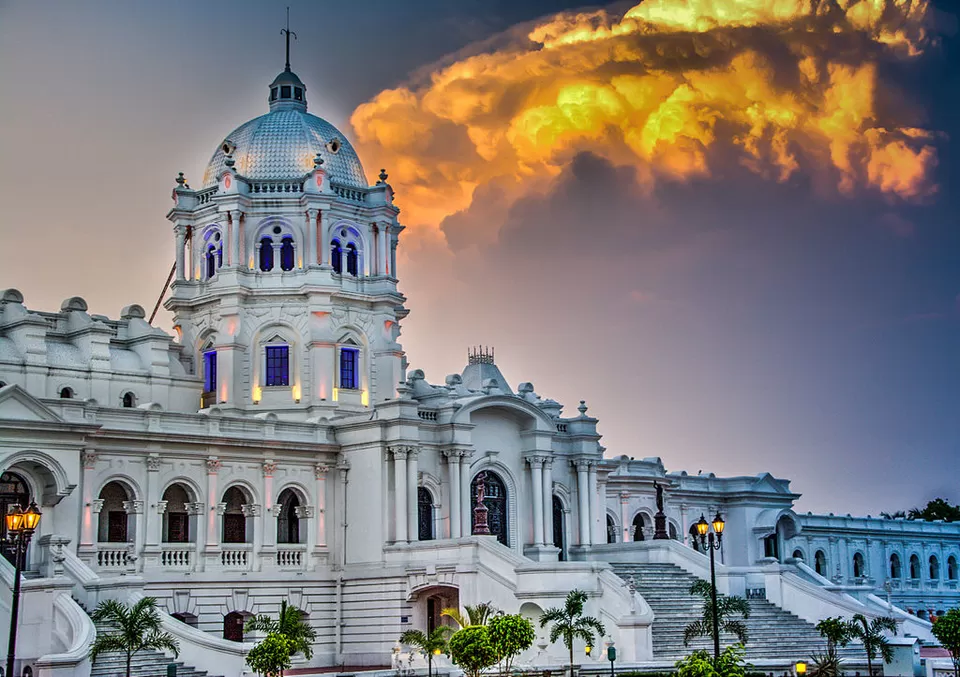
Day 2: Agartala – Jampui Hills, A journey through the tea and coffee plantations
Take a trip to the Jampui Hills. It is a beautiful hill station situated at an altitude of 3000 feet. The road towards Jampui is very beautiful with tea and coffee plantations around. There are also endless stretches of pineapple and rubber plantations.
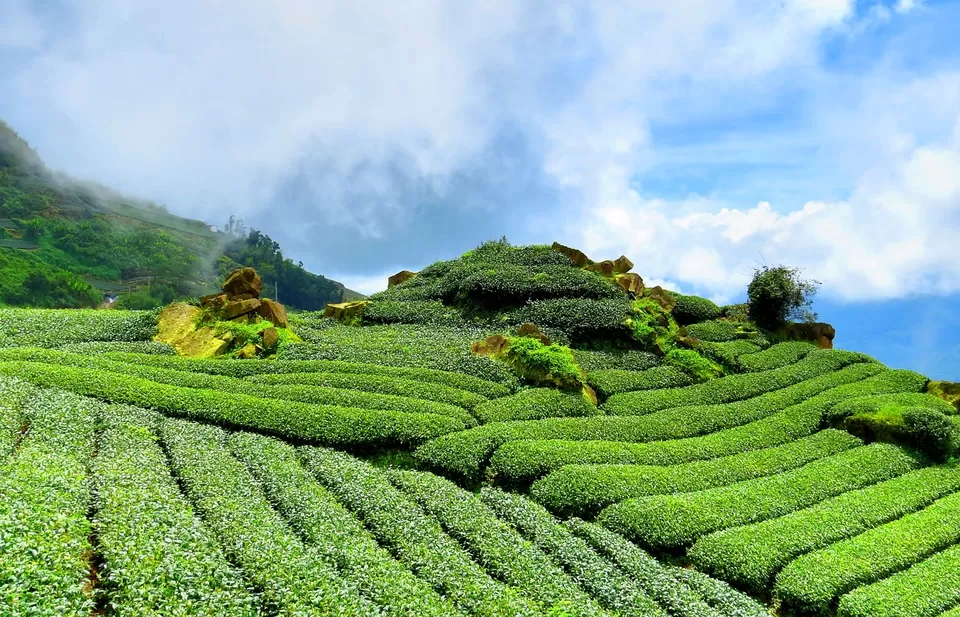

Day 3: Jampui Hills
Jampui Hills are the highest hills in Tripura with virgin forests and serene ambience. Jampui hills are also known for its orange gardens. Apart from that, various flowers and orchids are found abundantly here. Spend a lazy day here and explore the beauty of the hills.
Day 4: Jampui – Unakoti
Unakoti is one of the most interesting and revered places of Tripura. The place is known as the pilgrimage of Lord Shiva. Unakoti means less than a crore and it said that there are as many rock cut carvings of various gods on the hills of Unakoti. The 30 feet high Shiva head known as ‘Unakotiswara Kal Bhairava’ and a gigantic Ganesha head are the most prominent carvings at Unakoti. Not to mention, the place is surrounded by forests and hills making is one of the most beautiful and tranquil places in Tripura.
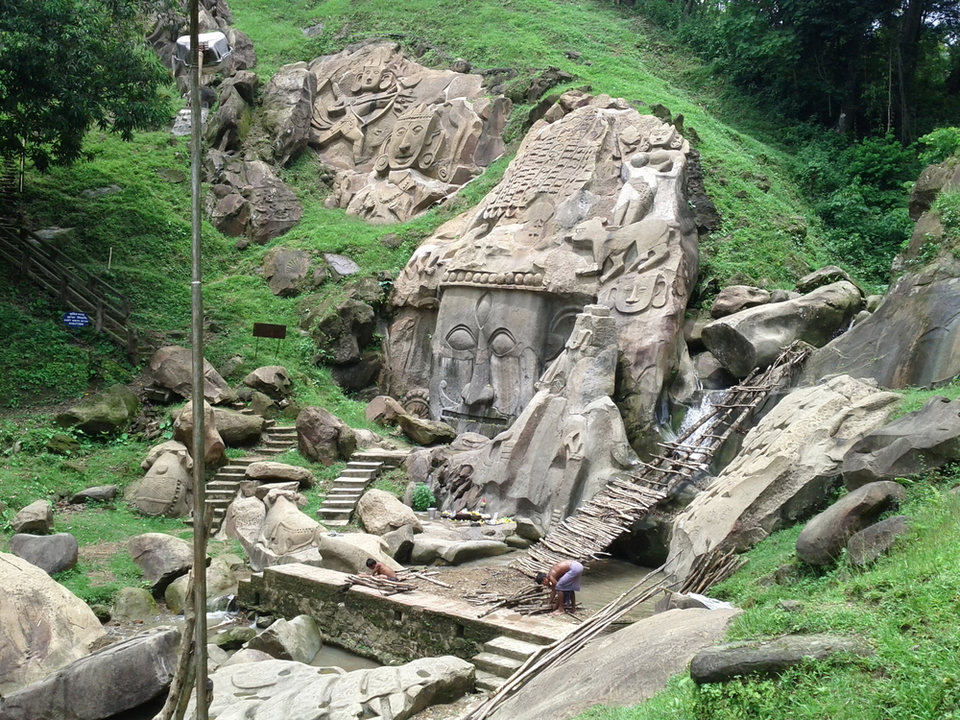
Day 5: Unakoti – Baramura Eco-park – Kamalasagar
The Baramura eco-park is a place of green and peace. Surrounded all around by sylvan green forests, the eco-park has a lot of attraction for its visitors. After a visit to the eco-park, carry on towards Kamalasagar. The place is famous for the Kali Temple also known as Kasba Kali Bari. The temple is situated at the borders of India and Bangladesh amidst great scenic beauty. Also visit the Commila viewpoint from where you can get a view of the plains of Bangladesh.
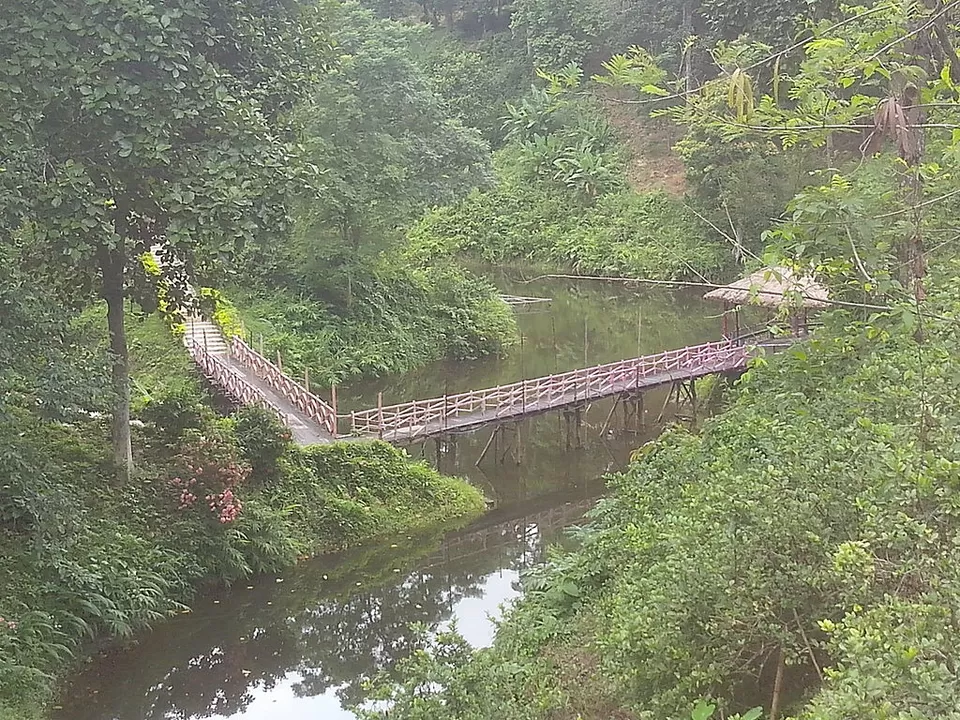
Day 6: Kamalasagar – Udaipur – Tepania
From Kamalasagar, visit Udaipur, one of the biggest cities of Tripura. The main attraction of Udaipur is however the Tripura Sundari Temple and Bhubaneswari Temple. After visiting the temple, head towards the Tepania eco-park. It is a huge eco-park having an area of 155 hectares inside Radhakishorepur reserve forest with charming ambience of natural beauty. The park has an Orchidarium that houses as many as 225 species of orchids.
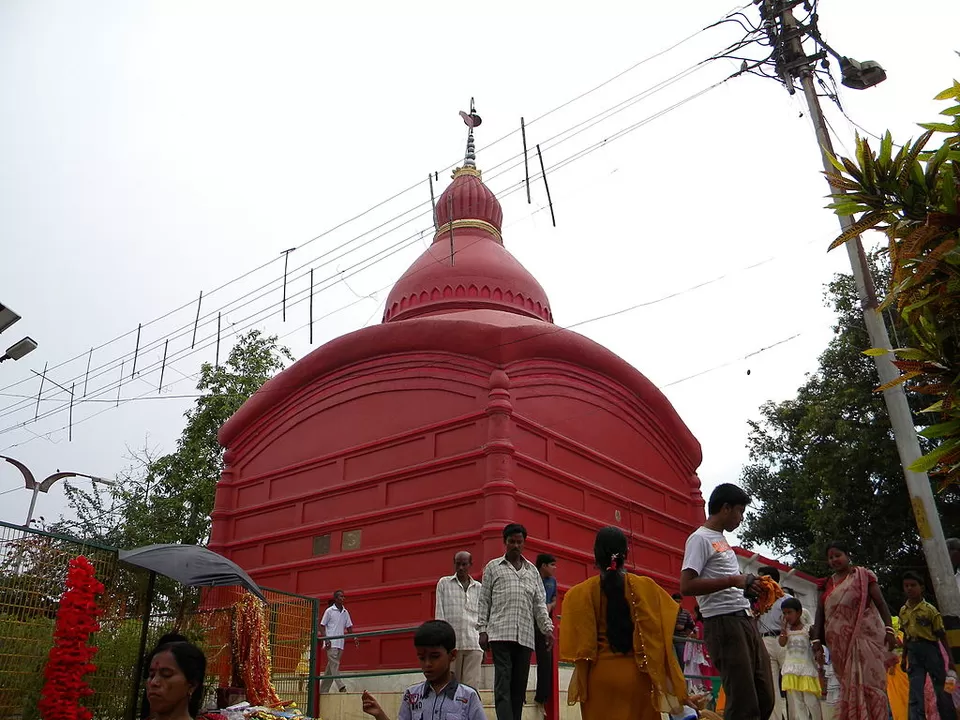
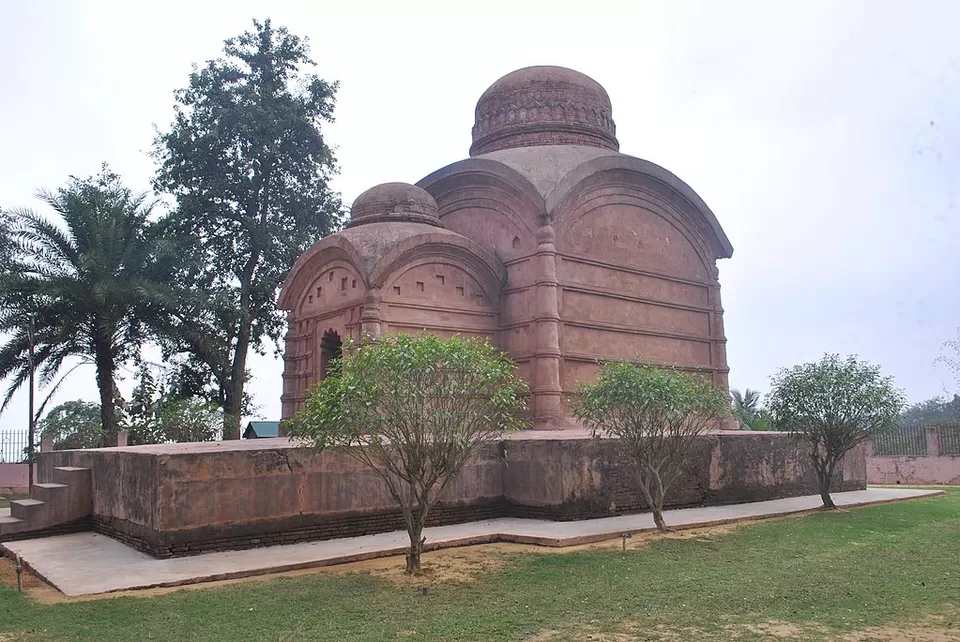
Day 7: Udaipur – Neermahal – Sepahijala – Agartala
Neermahal was the summer capital of Tripuri kings. It was built by King Bir Bikram Kishore Debbarman of the erstwhile Kingdom of Tripura in the middle of Lake Rudrasagar in 1930. It is one of the few and best looking lake palaces of India.
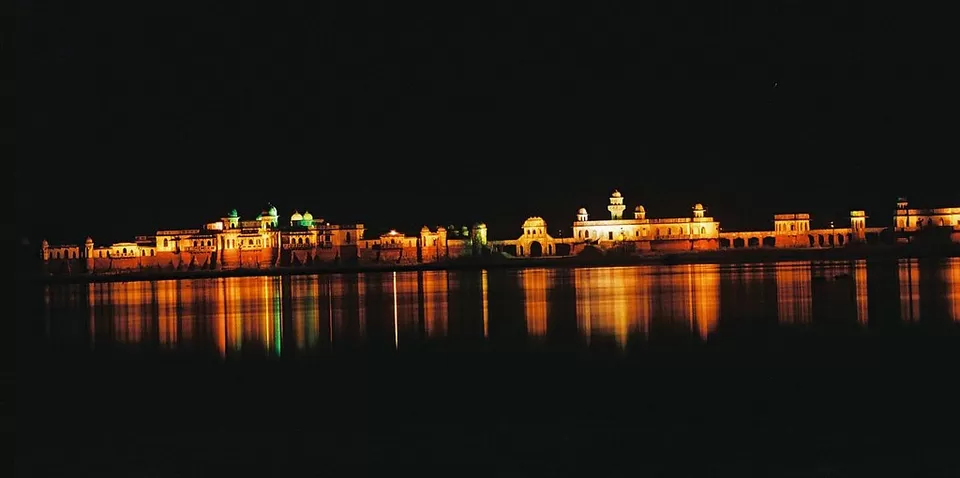
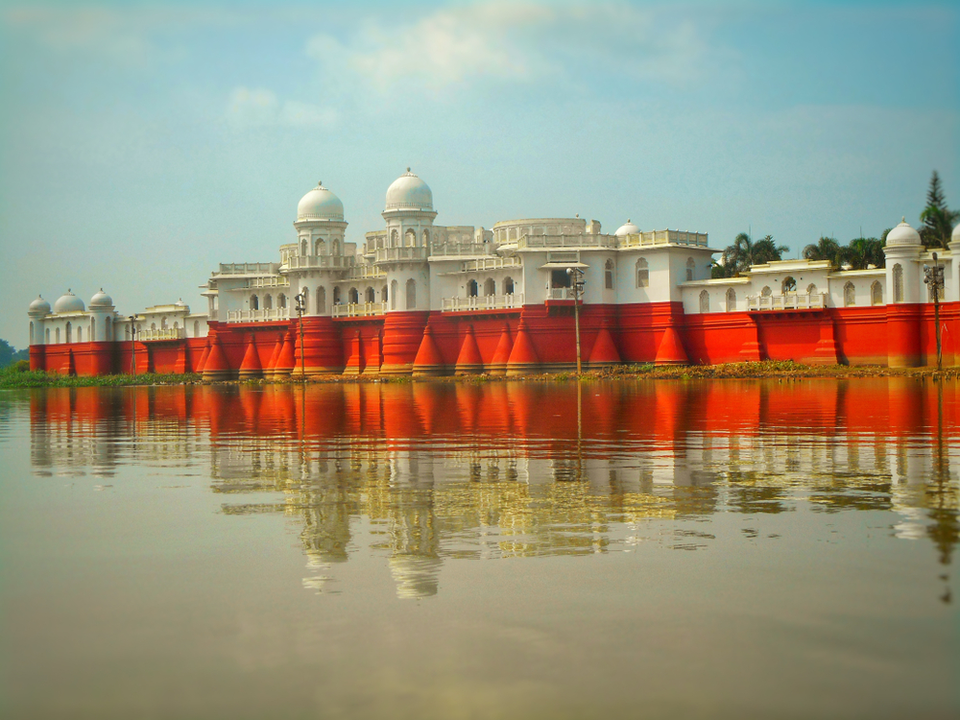
After the visit to Neermahal, take a visit to Sepahijala Wildlife sanctuary. Sepahijala is a heaven of bird lovers of birdwatchers. The wildlife sanctuary spreads over an area of 19 kms and is the home for more 150 species of resident birds and migratory birds. The rare spectacled monkeys are also found at Sepahijala. Return to Agartala for the night.
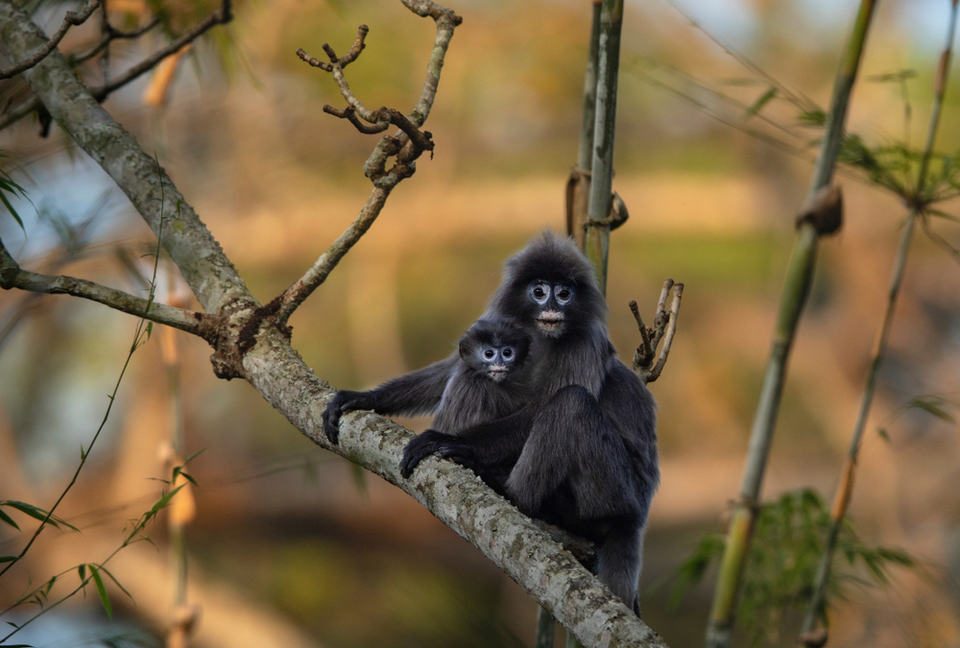
Day 8: Leaving Agartala
The day to leave Tripura has come. Take your flight from the airport and leave with great memories of this small state.
Best Time to visit Tripura
November to March are the best months to visit Tripura when the weather remains good. Also, in November, Orange Festival is held at Jampui hills.
How to reach Tripura
Agartala is connected by air from the major cities of India. Agartala also has a railway station and is connected by trains from Delhi, Kolkata, Guwahati and Dibrugarh.

